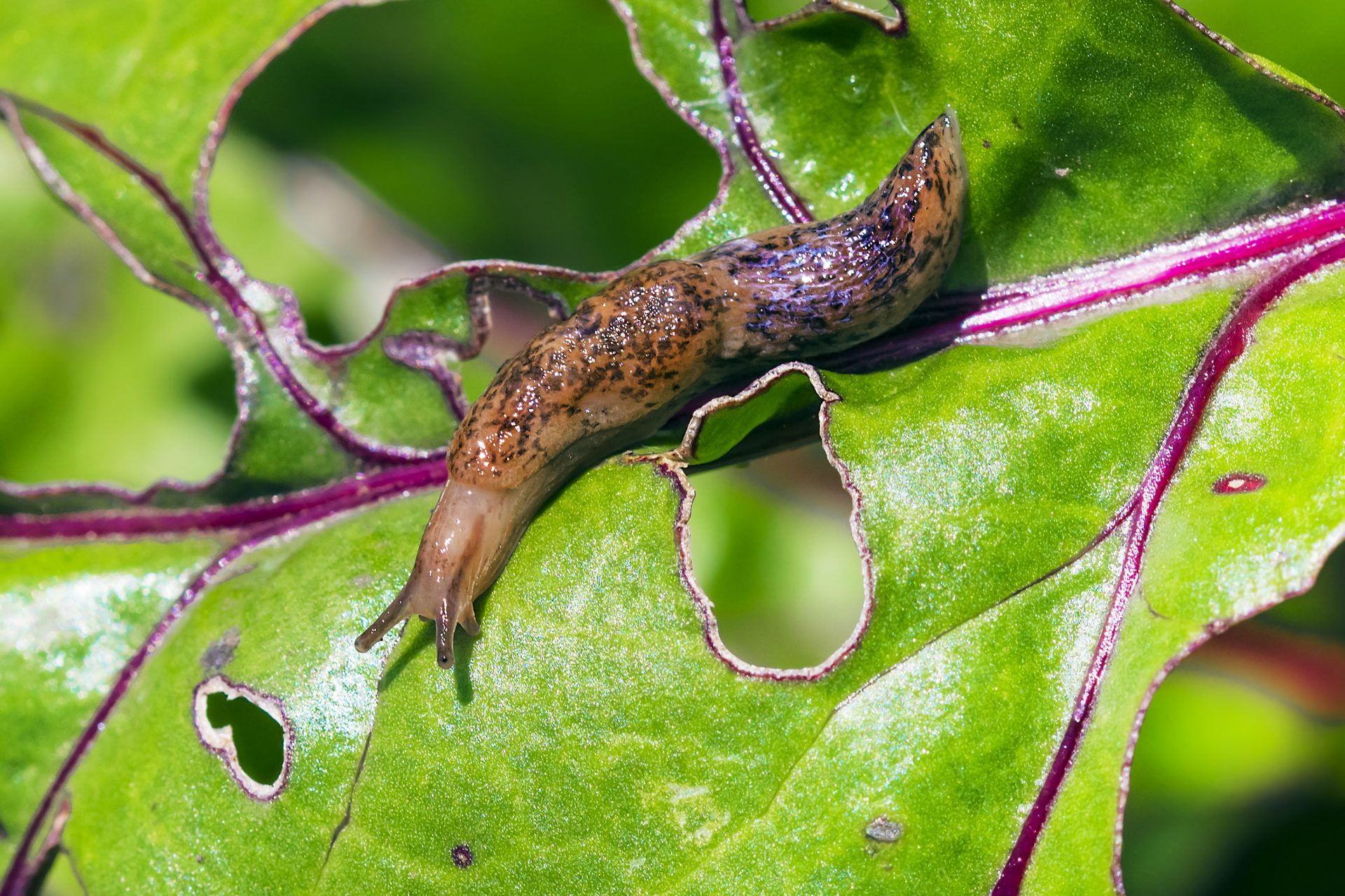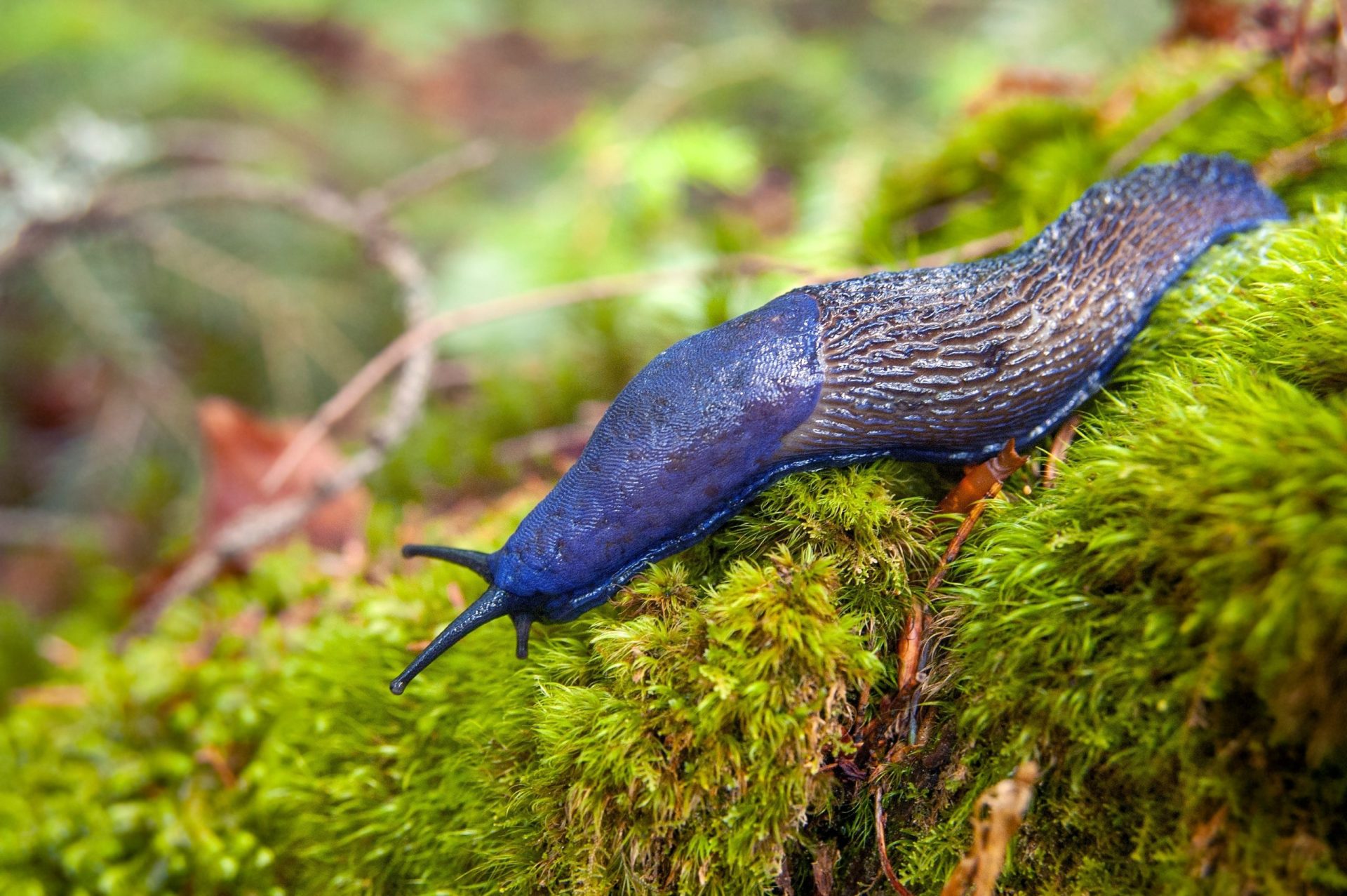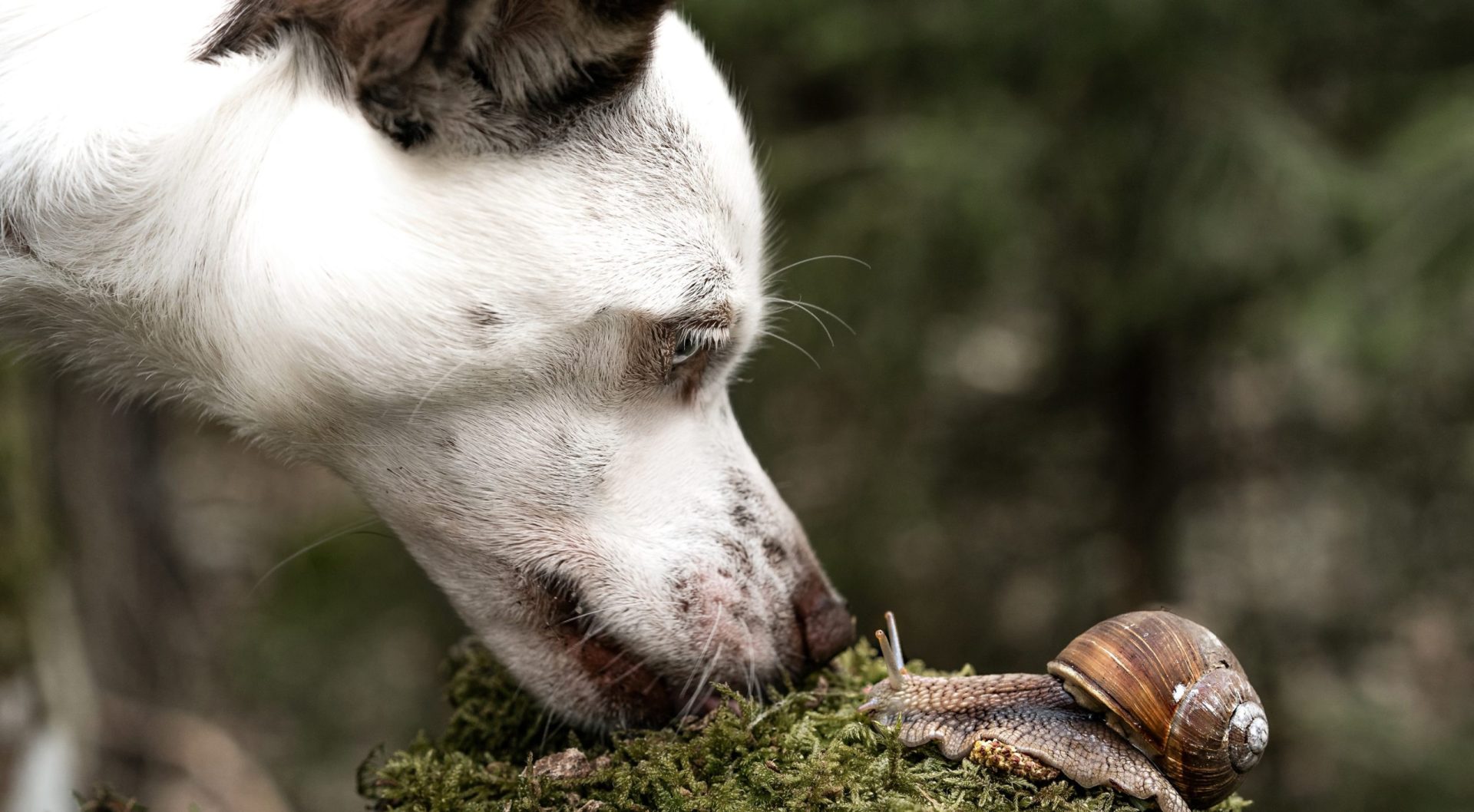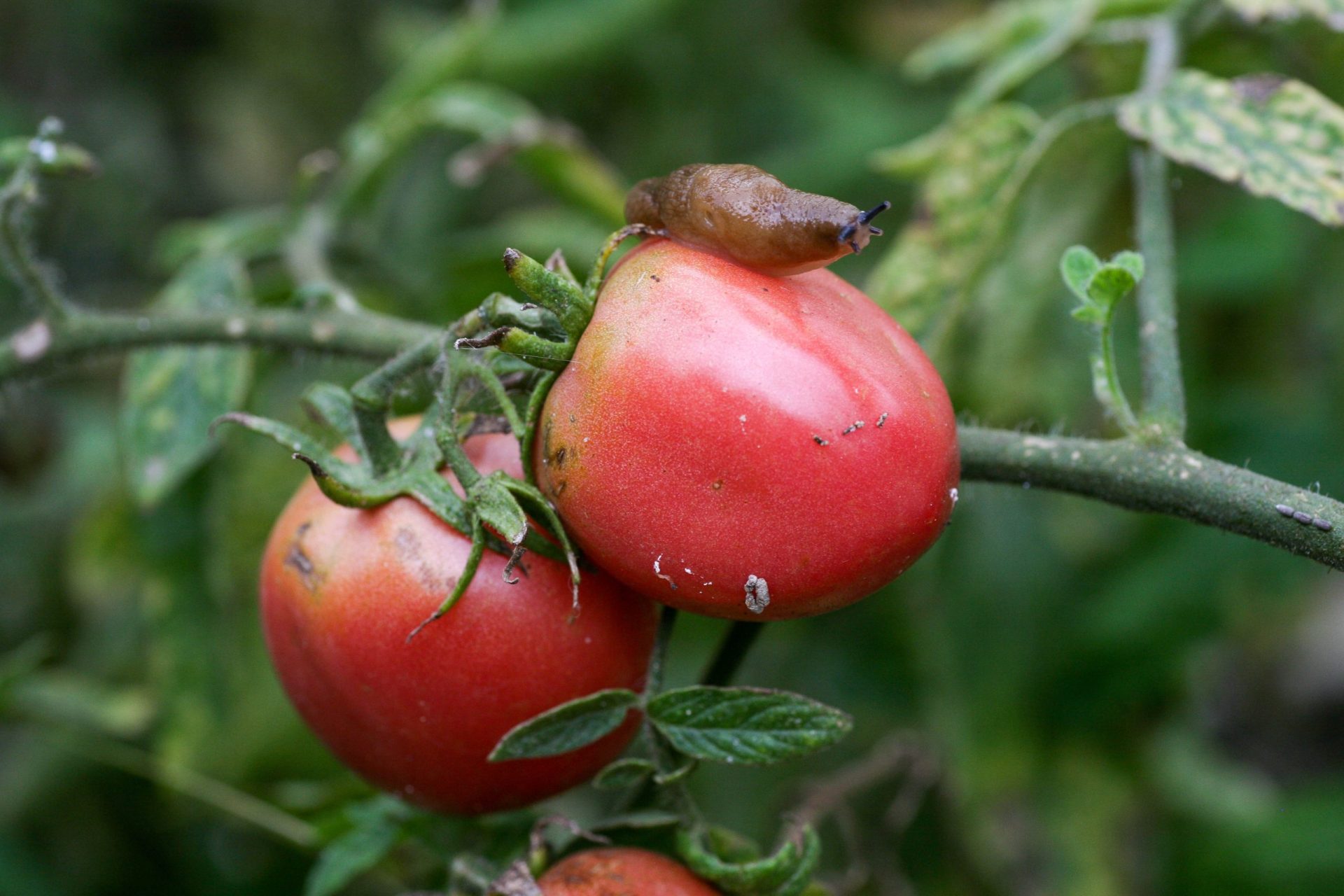When we think of the animal kingdom, slugs may not be the first creatures that come to mind.
However, these seemingly unremarkable mollusks possess a fascinating array of bizarre facts and surprising adaptations. From their slimy trails to their unique mating habits, slugs have developed remarkable strategies to survive and thrive in their environments. In this blog post, we will delve into the intriguing world of slugs, exploring their extraordinary features and shedding light on their unexpected abilities.
Slimy Superpowers: The Secret of Slug Slime
To truly appreciate the wonders of slugs, we must first unravel the mystery behind their slimy trails. Slugs are notorious for their slimy trails, leaving a glistening mark wherever they go. Have you ever wondered why they produce so much slime? It turns out that this mucus serves multiple purposes, acting as a lubricant, adhesive, and protective barrier. As slugs crawl, their slime reduces friction, allowing them to glide smoothly over surfaces. This adaptation not only helps them navigate complex terrains but also conserves energy.
 The fascinating properties of slug slime do not end there. Another remarkable quality of slug slime is its stickiness. The mucus acts as an adhesive, allowing slugs to cling to surfaces and even to hang upside down. This unique ability allows them to explore a wide range of habitats, from the undersides of leaves to the ceilings of caves. Furthermore, the sticky slime serves as a defense mechanism, deterring predators by making them stick to the mucus or clogging their mouthparts.
The fascinating properties of slug slime do not end there. Another remarkable quality of slug slime is its stickiness. The mucus acts as an adhesive, allowing slugs to cling to surfaces and even to hang upside down. This unique ability allows them to explore a wide range of habitats, from the undersides of leaves to the ceilings of caves. Furthermore, the sticky slime serves as a defense mechanism, deterring predators by making them stick to the mucus or clogging their mouthparts.
Slugs have a few other surprising adaptations up their sleeves.
Slug Mating: A Multifaceted Affair
When it comes to reproduction, slugs have devised some unconventional methods that are sure to capture your attention. Let’s dive into the extraordinary world of slug mating.
Firstly, slugs are hermaphroditic, possessing both male and female reproductive organs. This means that when two slugs meet, they engage in an intricate dance of reciprocal fertilization. They exchange sperm packets, which are then used to fertilize each other’s eggs. This unique mating behavior ensures that both slugs have an equal chance of passing on their genetic material, maximizing their reproductive success.
 But wait, there’s more! Slugs have also developed an extraordinary mating ritual called apophallation. During this process, a slug can self-amputate its penis after mating. While this may seem bizarre, it serves a crucial purpose. By detaching their penises, slugs can prevent the transfer of sperm from previous mates and ensure their own genetic dominance. It’s a peculiar strategy that showcases the evolutionary adaptability of these creatures.
But wait, there’s more! Slugs have also developed an extraordinary mating ritual called apophallation. During this process, a slug can self-amputate its penis after mating. While this may seem bizarre, it serves a crucial purpose. By detaching their penises, slugs can prevent the transfer of sperm from previous mates and ensure their own genetic dominance. It’s a peculiar strategy that showcases the evolutionary adaptability of these creatures.
Slugs possess an impressive range of adaptations to overcome the challenges of their environments.
Slug Survival: Overcoming Obstacles
Slugs face numerous challenges in their quest for survival, and they have evolved unique adaptations to conquer these hurdles. Let’s explore the extraordinary ways in which slugs navigate their environment.
One remarkable adaptation is the ability of some slug species to regrow lost body parts. If a slug’s body is damaged or severed, it can regenerate the missing sections, including their tentacles and even parts of their internal organs. This incredible regenerative power enables slugs to recover from injuries and continue their journey through life.
But how do slugs protect themselves from predators?
 Slugs employ a diverse range of defense mechanisms to avoid becoming a tasty snack. Some species have developed bright colors, warning potential predators of their toxicity. Others utilize camouflage, blending seamlessly into their surroundings to evade detection. Some slugs even produce a foul-tasting secretion or release defensive chemicals that make them unappetizing or even harmful to predators. These adaptations ensure that slugs can ward off threats and increase their chances of survival.
Slugs employ a diverse range of defense mechanisms to avoid becoming a tasty snack. Some species have developed bright colors, warning potential predators of their toxicity. Others utilize camouflage, blending seamlessly into their surroundings to evade detection. Some slugs even produce a foul-tasting secretion or release defensive chemicals that make them unappetizing or even harmful to predators. These adaptations ensure that slugs can ward off threats and increase their chances of survival.
Slugs have another surprising adaptation that aids in their survival—regulating their water balance.
Slugs are incredibly sensitive to changes in moisture levels, and they have evolved a fascinating adaptation to maintain their water balance. They possess a specialized structure called a pneumostome, which is essentially a small breathing hole located on their side. This opening allows slugs to control the exchange of gases and water vapor, preventing excessive water loss and maintaining their internal hydration levels. This adaptation enables them to survive in diverse habitats, from damp forests to arid deserts.
Now that we have uncovered some of the bizarre facts and surprising adaptations of slugs, let’s reflect on their remarkable resilience.
Slugs may appear unassuming at first glance, but they possess a world of intriguing adaptations and behaviors. From their slimy trails to their unique mating rituals, slugs have developed astonishing ways to navigate their environments and ensure their survival. The properties of their slime serve multiple purposes, providing lubrication, adhesion, and defense. Their mating habits showcase their hermaphroditic nature and the ability to self-amputate their penises, ensuring reproductive success. Moreover, their regenerative abilities, defensive mechanisms, and water balance regulation highlight their remarkable resilience in the face of challenges.
 So, the next time you encounter a slug making its way through your garden or across a forest floor, take a moment to appreciate the incredible adaptations and strategies that these seemingly simple creatures possess. Slugs remind us that nature is full of surprises and that even the smallest and slimiest of organisms can teach us valuable lessons about survival and adaptation.
So, the next time you encounter a slug making its way through your garden or across a forest floor, take a moment to appreciate the incredible adaptations and strategies that these seemingly simple creatures possess. Slugs remind us that nature is full of surprises and that even the smallest and slimiest of organisms can teach us valuable lessons about survival and adaptation.
Remember, when it comes to the world of slugs, there’s more than meets the eye. So, dive deeper into their intriguing world, and you’ll be amazed by the bizarre facts and surprising adaptations that make them truly fascinating creatures.
Unveil the Enigmatic World of Snails










